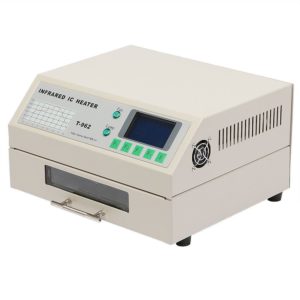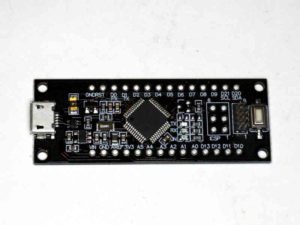I bought a cheap Pulsar V233-0060 on eBay, you know, one that was advertised as “was working 10 years ago, just needs a battery”.
Of course if that was true, the seller would fit the battery and describe it as working and get lots more money for it.
Pulsar is one of Seiko’s brands, and this movement appears in Seiko branded watches.
Anyway, as it inevitably the case, it did not work.
External examination revealed that with a good battery, the 32kHz crystal was running, but no motor pulses. A further test with external turbo magnetic drive showed the motion works was working… so now pointing to a coil problem.
Continue reading Pulsar V233-0060 stripped down
Last update: 13th July, 2018, 6:43 PM
 The block diagram above shows the information flow between the main elements. Continue reading IoT – exploration of LoRa – part 1
The block diagram above shows the information flow between the main elements. Continue reading IoT – exploration of LoRa – part 1






